Affiliate links on Android Authority may earn us a commission. Learn more.
Five reasons why the LG V30 is better than the Galaxy Note 8
September 12, 2017
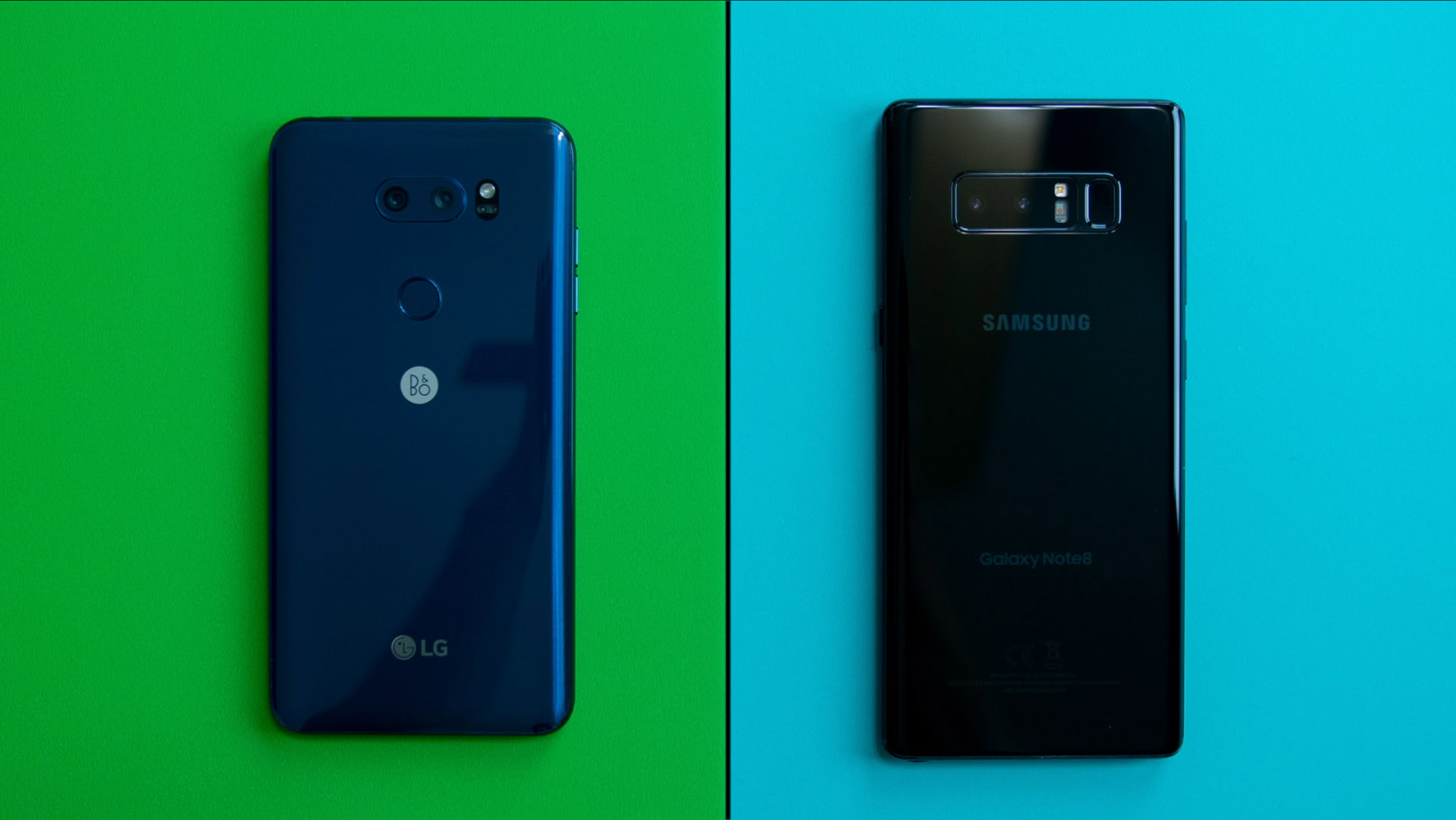
The LG V30 and Samsung Galaxy Note 8 will most likely be pitted against each other quite often throughout the remainder of 2017 and for good reason. Aside from being released within the same time frame, they’re both big, powerful productivity and multimedia powerhouses, and if you’re considering purchasing an LG V30, odds are the Note 8 isn’t too far off your radar.
Read:
But what is it about the LG V30 that would make you prefer it over Samsung’s ever so popular Galaxy Note. What are the benefits? Let’s take a look at five reasons why the LG V30 is better than the Galaxy Note 8.
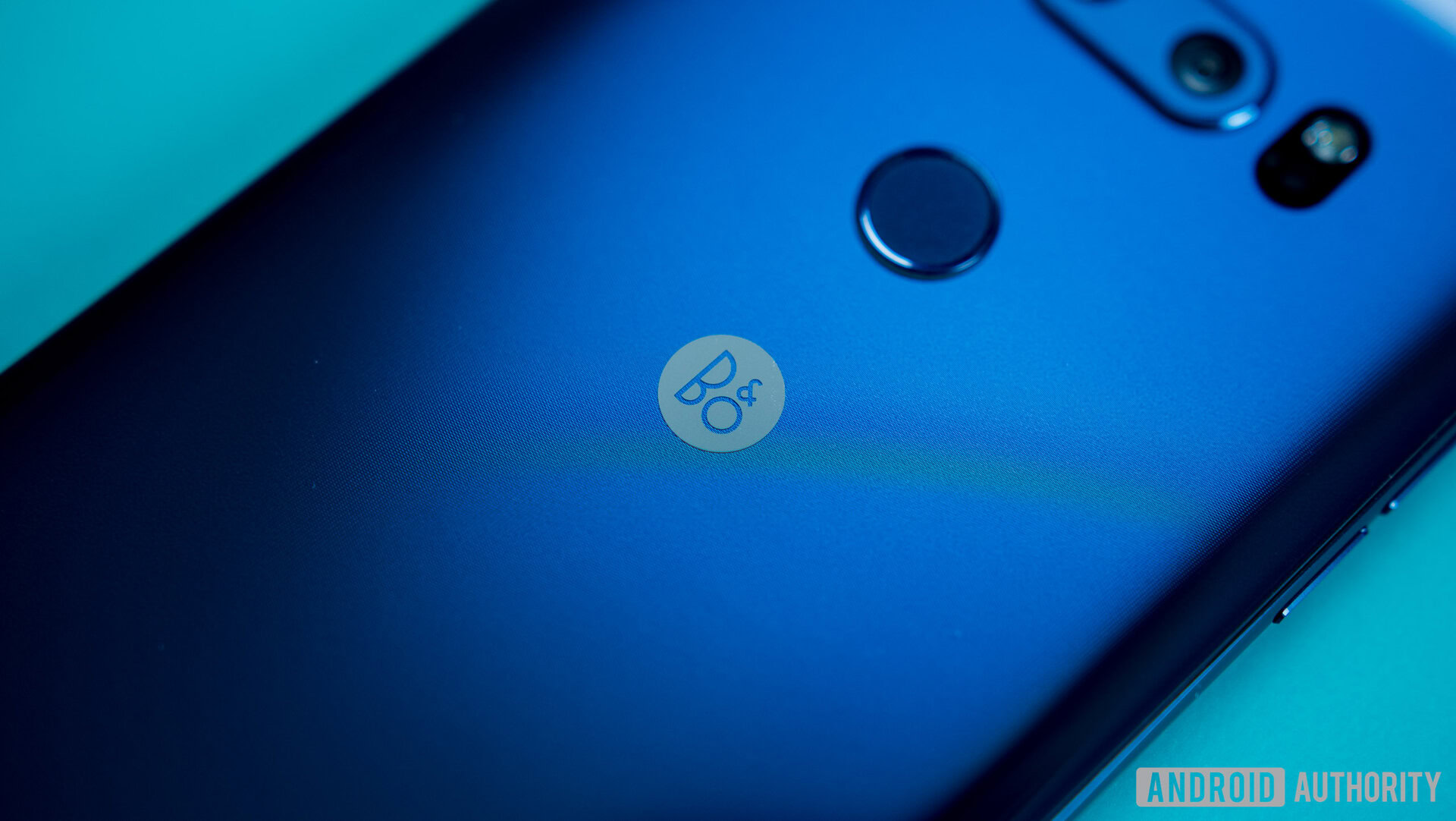
Hi-Fi quad DAC/MQA support
If you’re an audiophile, the LG V30’s audio experience is unparalleled by any other smartphone. While Samsung may be one of the few major OEMs left to offer a headphone jack, the Note 8’s audio experience isn’t anything special and it’s an area that Samsung historically hasn’t put too much focus on. The V30 is utilizing a 32-bit Hi-Fi quad DAC from ESS technology similar to the one from the V20, but now with more customization options.
If you’re not familiar with the benefits of a quad DAC, in short, it provides higher quality audio with less distortion, less noise, and improved dynamic range. You won’t need the highest quality pair of headphones to hear the difference but the quad DAC does allow the V30 to properly drive higher impedance headphones that will give you the best experience possible.
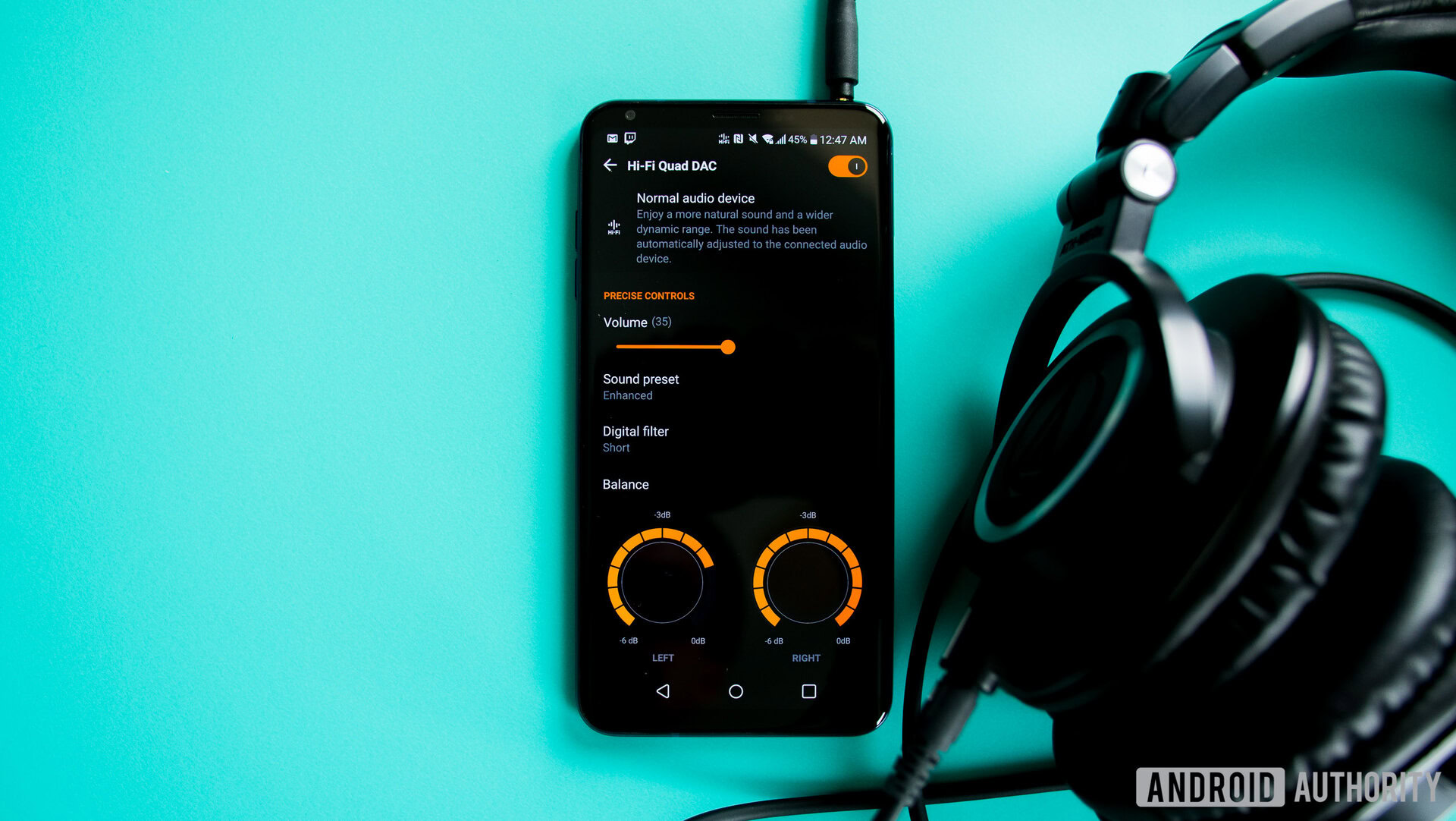
The customization options lie within the new sound presets and and digital filters for quick and easy tuning of the audio to your own personal tastes. With sound presets, you can pick from normal, enhanced, detailed, live, and bass and the new digital filter gives you the option to pick between ambient, natural, or clearer sound. Just like the V20 last year, the V30 offers the same left and right channel controls and a 75-stage volume control.
New to the V30 is the support for MQA. MQA (Master Quality Authenticated) is a relatively new audio format that allows for hi-res audio output at a much smaller file size, making streaming hi-res audio a possibility. Right now, TIDAL is the only major streaming service that supports MQA, but hopefully we’ll see other major streaming services like Spotify and Google Play Music support this lossless format in the future.
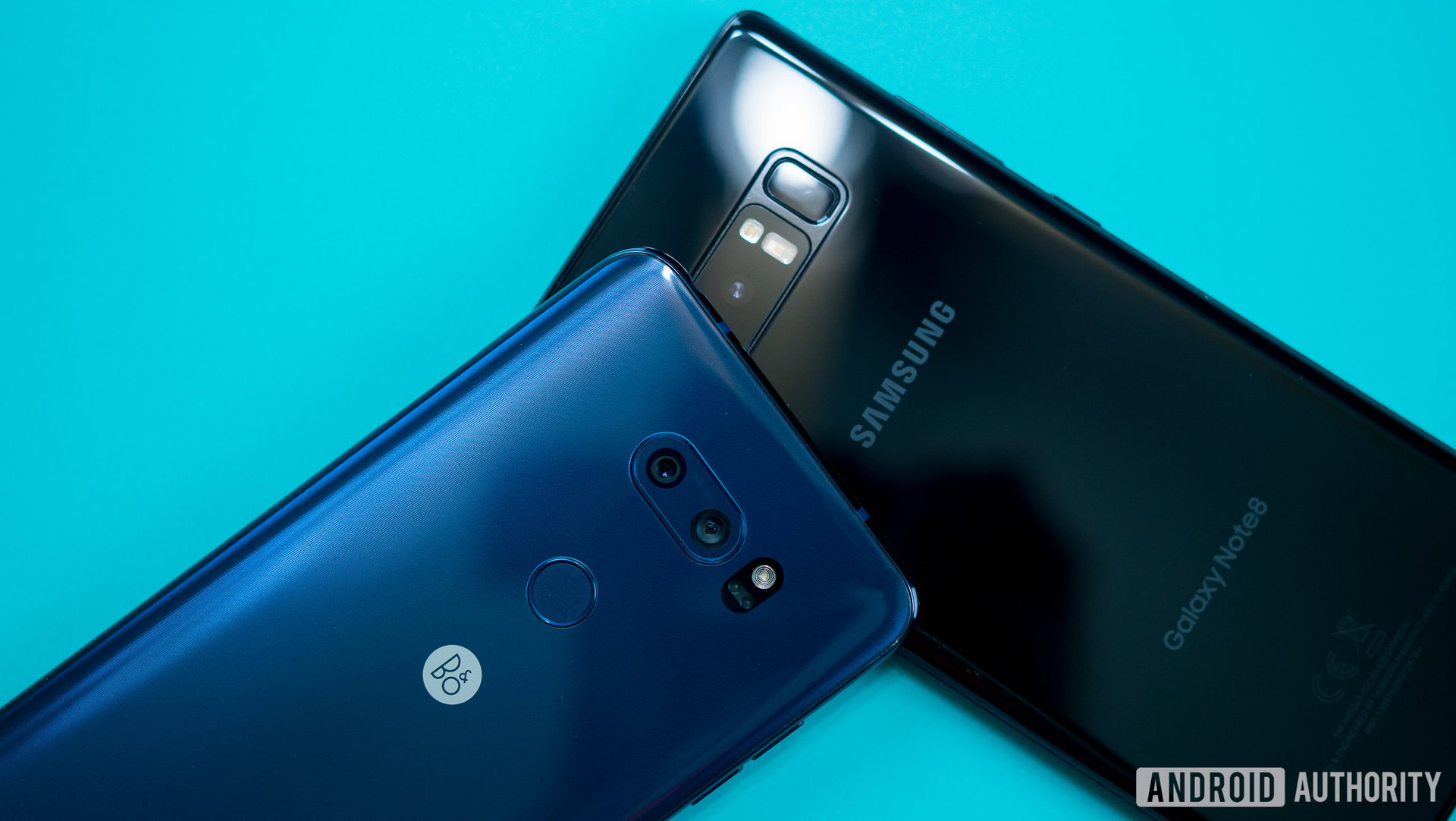
Fingerprint sensor placement
This may sound like a weird one because both the LG V30 and the Note 8 have fingerprint sensors but the V30 simply just does it better. Both phones have their fingerprint sensors on the back but that’s the whole extent of what they have in common. The V30’s fingerprint sensor is centered along the back, making it much more convenient and easier to reach, whereas the Note 8’s sits in the awkward position to the right side of the camera lenses.
What makes LG’s implementation so great is that the fingerprint sensor is also the power button eliminating the need for a separate power button. While LG is no longer alone in this type of implementation (Sony does it as well, but on the side), they were one of the first to combine the fingerprint sensor and power button into one.
To be fair, it is possible to get used to the Note 8’s fingerprint sensor with a little bit of muscle memory, and Samsung did make some adjustments to make this one easier to use over the one from the S8. The fingerprint sensor is more recessed now, making it easier to find by feel, and the heart rate monitor and camera flash have been repositioned in between the camera sensors and fingerprint sensor to create more separation. If we’re being perfectly honest here, this is just a temporary fix until Samsung can figure out how to embed a fingerprint sensor within the display or via some other mean that is more user friendly.
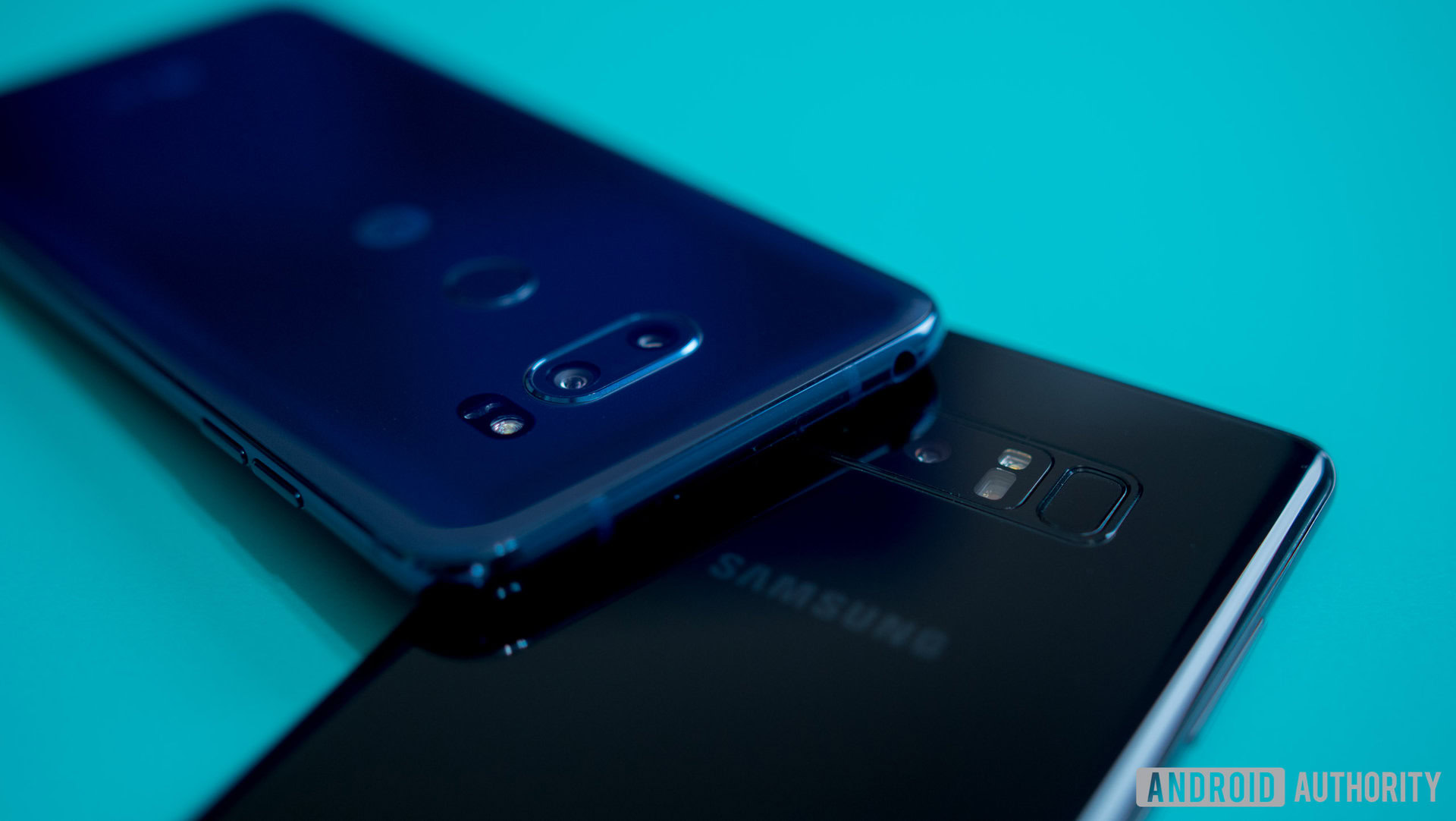
Video recording capabilities
Another feature of LG’s V series that has yet to be rivaled by anyone is the camera’s video recording capabilities. Ever since the LG V10, LG introduced DSLR-like manual controls for video and it’s only gotten more powerful with the newly added features on the V30.
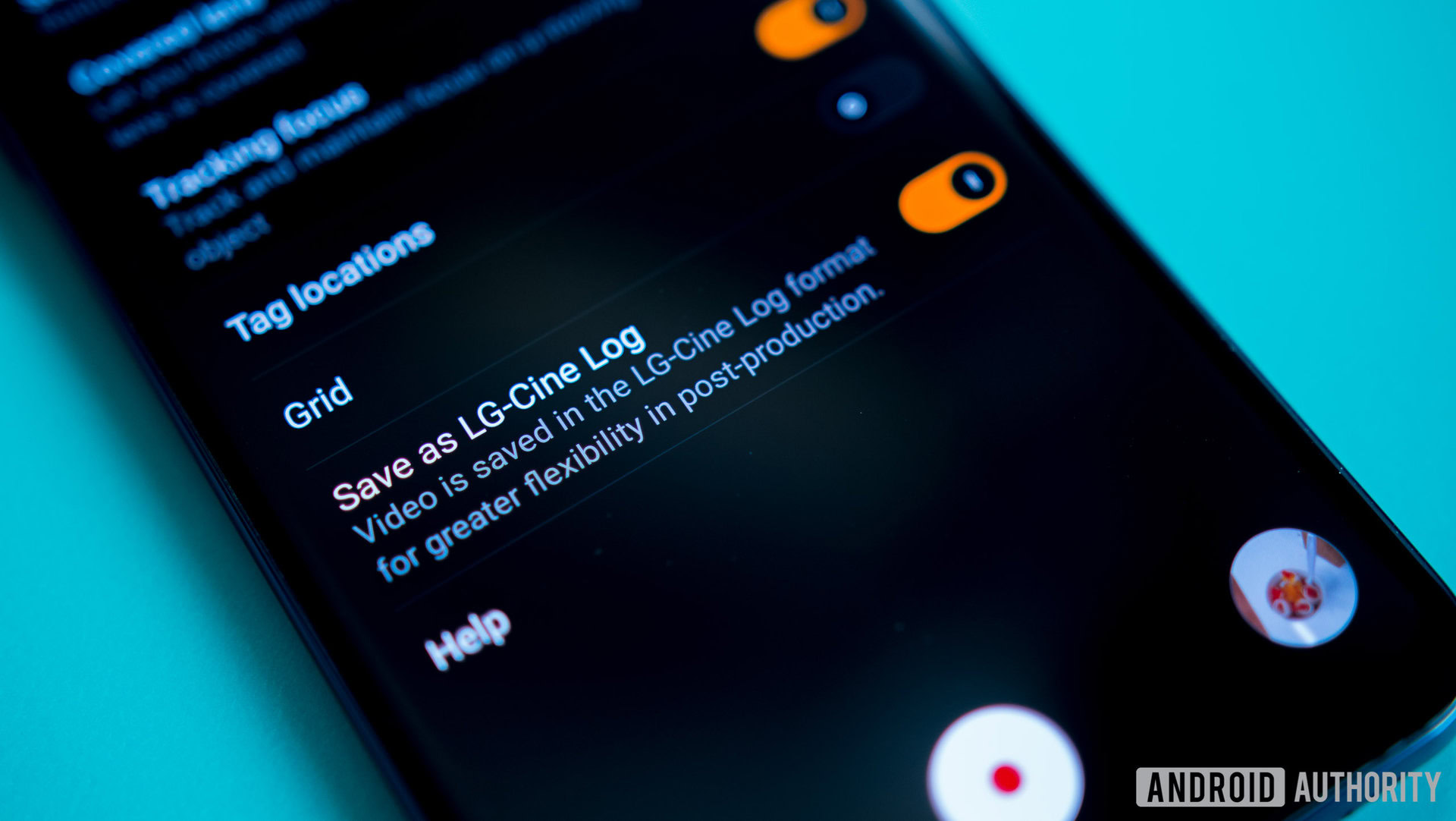
The most notable addition is the ability to shoot in a log format or Cine-log as LG is dubbing it. If you’re not familiar with log, this is a format that is typically found on DSLRs or mirrorless cameras. With log, the image is flat with very little color, allowing for heavier manipulation in post production when it comes to color grading or color correcting. Log format also provides much better dynamic range, giving you more detail in the highlights and shadows.
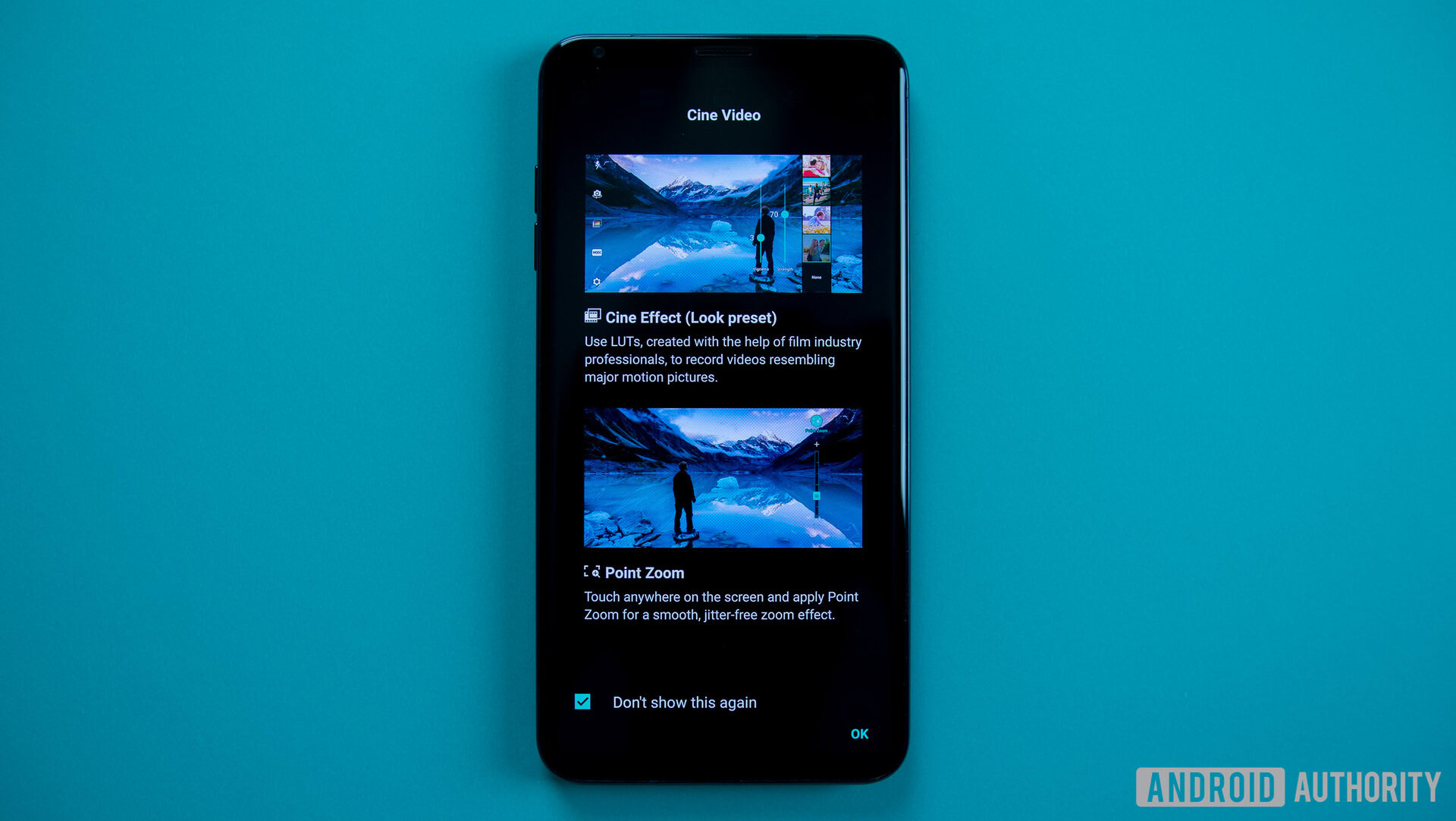
Also new to the V30 is the Cine video mode with a bevy of preloaded LUTs (lookup table) that makes it easy for anyone to give their footage a specific look with very little fuss. There’s now a point zoom feature as well, that allows the camera to smoothly zoom in on any specified area of the frame, whereas most other cameras are only able to zoom in along the center. Whether it’s vlogging or creating a cinematic masterpiece, these new features makes the V30 the ultimate smartphone for content creation, at a level of quality that currently can’t be matched by any other smartphone.
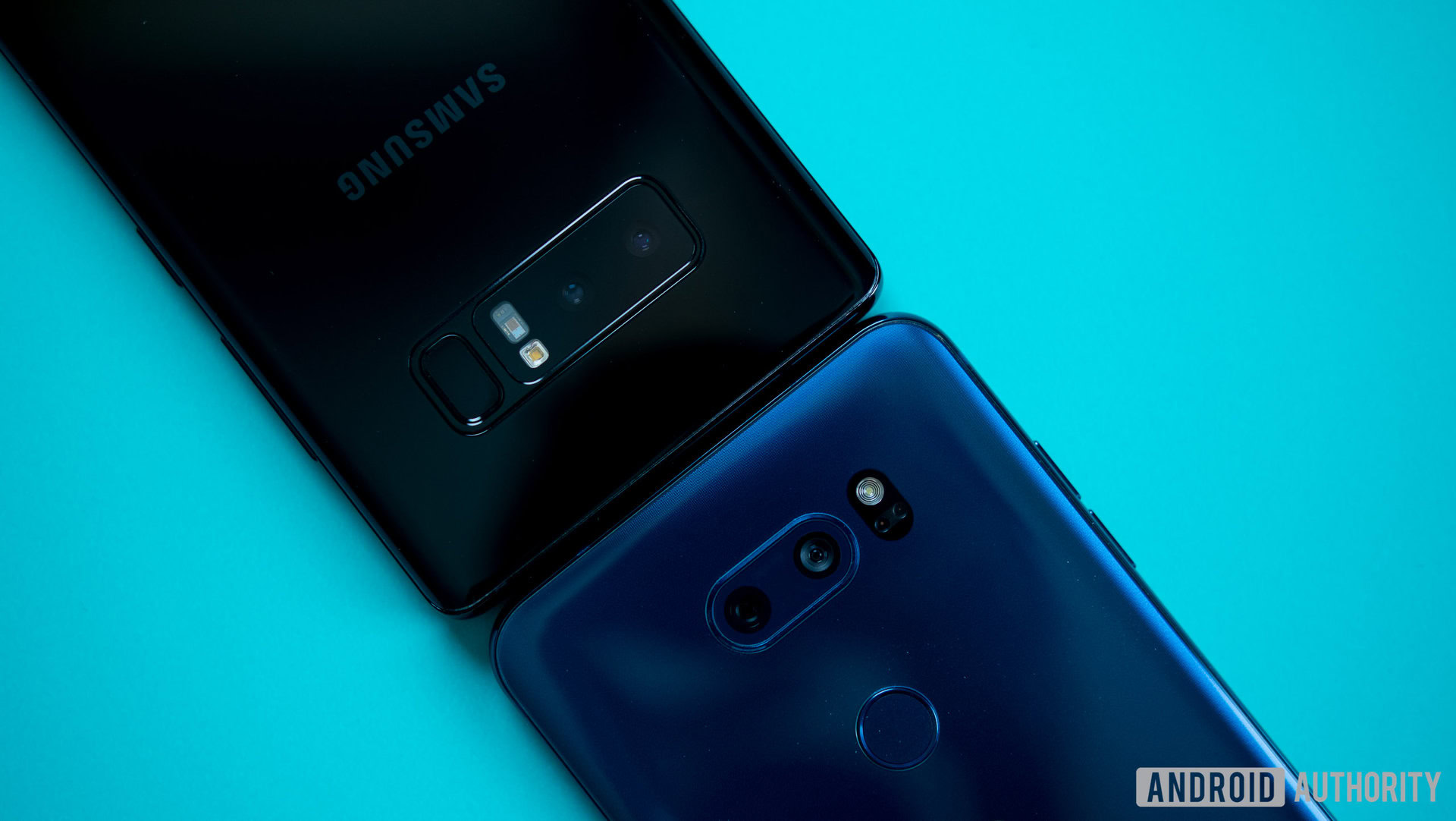
Wide angle lens
Sticking to the subject of cameras, both the LG V30 and Note 8 offer dual cameras, but the V30’s secondary sensor is a wide angle lens allowing for a larger field of view, whereas the Note 8 is a telephoto lens that gives the Note 8 2X optical zoom capabilities.
Both of these lenses have their own use cases, but if I had to pick between wide angle or telephoto, I would take wide angle every time as it’s much more useful in a variety of situations. If you’re a big traveler, having a wide angle lens is great for capturing breathtaking landscapes or beautiful architecture, and you don’t need a selfie stick in order to fit a large group of friends into the frame.
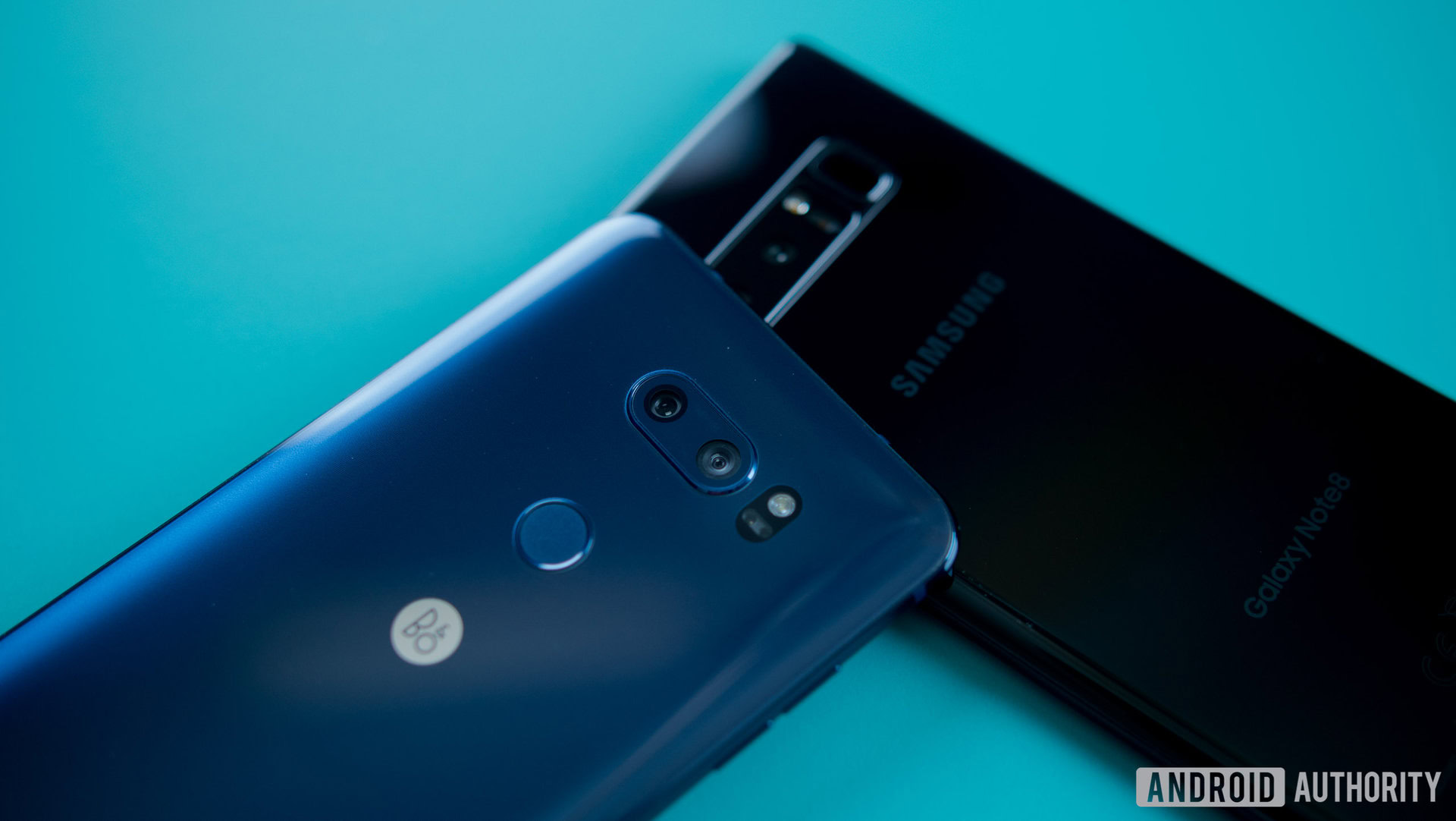
Because the field of view is so wide, this also eliminates the need to back away from a subject in order to fit it into the frame, as in some situations you may not have much room to step backwards.
Up until the announcement of the Moto X4, the wide angle lens was a feature that was very unique to LG, as most other OEMs are either doing telephoto or monochrome for the second sensor. Despite that, it’s still a feature that is strongly identified with LG phones, and there’s a certain level of fun that LG’s wide angle lens provides that you can’t get from many competing dual-camera smartphones.
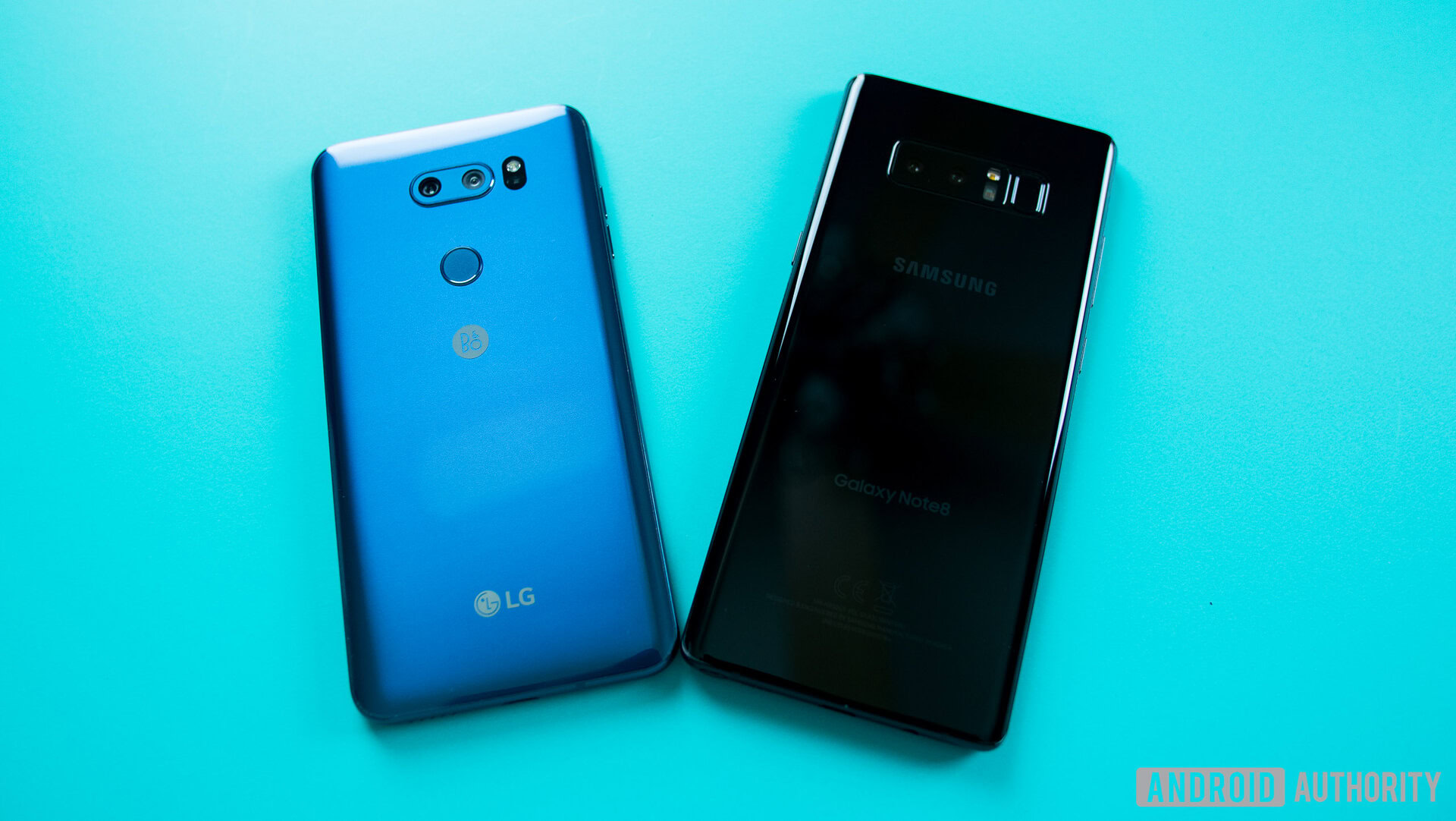
It’s cheaper
Last but not least, and arguably the biggest determining factor as to why you may want to pick the LG V30 over the Note 8 is the price. While there is no official confirmation of the LG V30’s price just yet, there are rumors that it will go for 800,000 KRW in South Korea for the 64 GB version which converts to $700.
LG’s V30 twitter sweepstakes also mentioned a price of $749 in the terms and conditions, and if these prices are correct, that makes the V30 a good couple hundred dollars cheaper than the Note 8. That’s certainly not an amount to scoff at and will be a big enough of a price difference to sway a lot of people’s buying decisions.
Unless you heavily value the S Pen and get a ton of utility from it, you’re better off saving yourself the cash. Your wallet and bank account will definitely thank you for it.
So that concludes our list of why the LG V30 is better than the Galaxy Note 8. What do you think of the LG V30’s feature set, and are there any other features of the LG V30 that you think makes it better than the Note 8? Sound off in the comments, as we’d love to hear your thoughts!